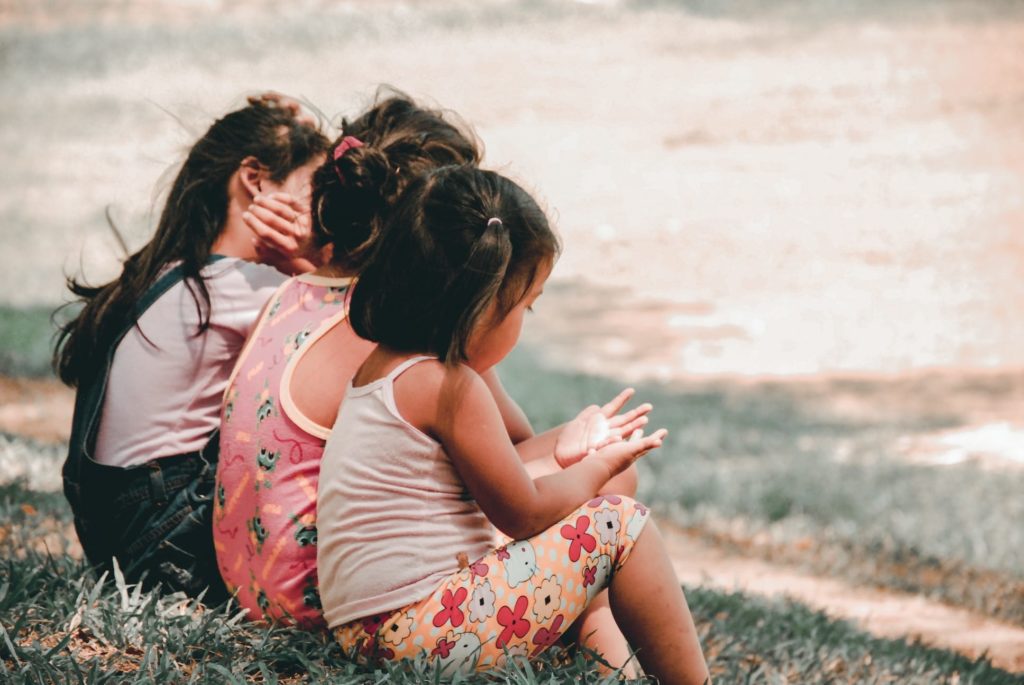4 Min Read
Child Mental Illness: Learning to Help Your Child and Your Family
Mental illness isn’t something that only affects adults. Too often, it’s assumed that mental health issues like anxiety disorder, depression, and other mental health conditions are reserved for overworked, stressed-out grown-ups. Unfortunately, though, about 20 percent of children in the United States suffer from some form of mental health disorder — roughly the same percentage as adults.
Even though mental illness can present itself differently in children, adolescents, and adults, young people experience many of the same mental health problems as adults do. Anxiety disorder and depression are the most commonly cited mental illnesses diagnosed in children, followed by attention deficit hyperactivity disorder, or ADHD. Severe mental illnesses like schizophrenia or bipolar disorder are less common in young people, although they do occur.

Recognizing red flags in your child’s mental health
One of the reasons mental health disorders are often overlooked in young children and adolescents is that parents and caregivers assume the child has simple behavior problems or is just “going through a stage.” Young children sometimes aren’t able to verbalize their feelings, and adolescents might hide their emotions from family members or others who might be able to help.
Typically, though, parents, educators, and other caregivers will be the first to recognize changes in a child’s behavior. According to the Centers for Disease Control (CDC), red flags usually include difficulties in how a child plays, learns, speaks, or acts, and how they handle their emotions. Unlike expected childhood behavior problems like temper tantrums or shyness around strangers, behavior disorders indicative of a mental health issue will last longer, happen more frequently, occur at an unusual age, or significantly disrupt the lives of the child or their family.
A recent study of 6,000 families funded by the Center for Mental Health Services and National Institute of Mental Health and led by a Mayo Clinic psychiatrist identified 11 warnings signs of mental health issues in young people. They include the following:
- Feeling very sad or withdrawn for two or more weeks
- Attempting to harm or kill himself, or making serious plans to do so
- Sudden overwhelming fear for no reason, sometimes with a racing heart or fast breathing
- Involved in multiple fights, using a weapon, or wanting to hurt others
- Severe, out-of-control behavior that can hurt themselves or others
- Not eating, throwing up, or using laxatives to make themselves lose weight (this could be an indication of anorexia or bulimia)
- Intensive worries or fears that get in the way of daily activities
- Extreme difficulty in concentrating or staying still that puts a child in physical danger or causes school failure (this could be an indication of ADHD)
- Repeated use of drugs or alcohol
- Severe mood swings that cause problems in relationships
- Drastic changes in behavior or personality
Although some of these actions, such as substance abuse, will apply to older adolescents, even toddlers may display symptoms indicating he or she could have a mental health disorder. Typical signs in younger children are recurring nightmares, sleepwalking, frequent tantrums, or regressing to earlier habits they exhibited as infants or toddlers, like bedwetting or thumb-sucking. More severe indications are delusions, hallucinations, or night terrors. Of course, any time a child or adolescent displays unsafe actions or talks about wanting to hurt themselves or others, immediate intervention by parents, caregivers, or a mental health professional is necessary.

Find a Therapist for Your Child's Mental Illness
Get personalized matchesHow to handle mental illness in childhood
Whoever recognizes these changes in a child’s behavior — whether it be a parent, teacher, clinical social worker, or caregiver — should discuss their concerns with the other individuals charged with caring for the child. For example, social workers who notice a child becoming more and more withdrawn for a few weeks should reach out to the child’s parents or guardians. Likewise, parents of children who seem to be developing mental health or behavior issues at home should ask a teacher if they have seen the same changes in the severity of the child’s mental health or behavior.
The next step is to seek help from a professional. A trusted primary care physician or pediatrician is a good starting point. Your child’s health care provider can usually rule out any physical illness or medical condition causing the child’s changing behaviors and should be able to provide a referral to a licensed counselor or psychologist who specializes in adolescent psychiatry or psychotherapy.
A pediatrician or mental health professional will explain that there’s not one single definitive cause for a child’s mental health issues, and parents of children with mental illness typically aren’t at fault for the mental illness or behavior problems. Research suggests that although conditions at home and other environmental stressors are indeed risk factors, often psychological trauma, biology, heredity, or a combination of all of these may be involved.
Childhood mental health issues can be treated
A holistic, comprehensive approach to treating a child’s mental health problems is one of the best treatments. A good therapist will gather information from parents of children with mental health concerns, teachers, medical history, and from the child themselves to construct a history of behaviors, interests, grades, and relationships. The therapist may perform assessments and ask a series of questions to further assist in determining the source of the problem and the most appropriate treatment.
Medication is often prescribed to children to treat mental health disorders, especially specific disorders like attention deficit hyperactivity disorder (ADHD) and developmental disorders like autism or autism spectrum disorder. For most mental health conditions, a combination of psychotherapy and medical treatment is generally recommended to provide optimal results. A therapist or psychiatrist will work with the child and family members, both separately and in a group setting, using talk therapy to work through the child’s behaviors. Cognitive behavioral therapy (CBT), another approach to psychiatry, may be used to help the child identify and decrease thoughts that lead to undesirable behaviors.
In recent years, more children have received treatment for mental health disorders than adults. Luckily, the stigma that often keeps adults from seeing a psychiatrist or mental health services provider doesn’t seem to prohibit parents from seeking help for their children.
Therapy can make a big difference in the life of a child suffering from a mental health issue. Many children can overcome or control childhood behaviors through therapy and appropriate medication. The earlier children are treated, the better the outlook for their adulthood, for their families, and the community as a whole.
Find a Therapist for Your Child's Mental Illness




